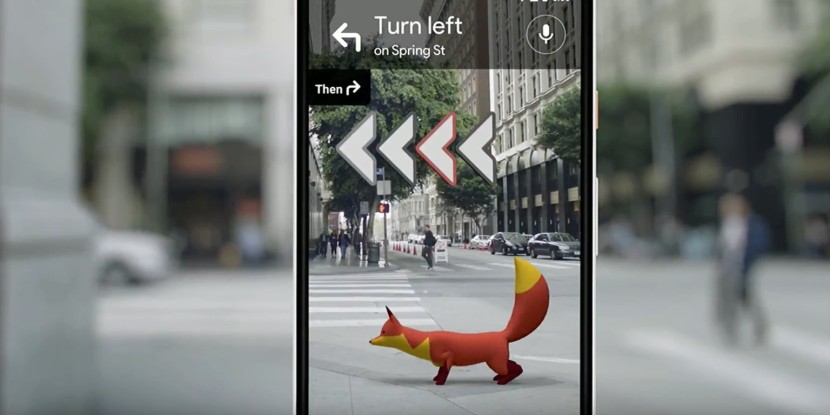Keynote by Tristan Thielmann, Geomedia International Conference, Karlstad, Sweden, 7-10 May 2019
Today, the quiddity of what can be called a „digital place“ is interpreted by distributed software applications. This locational and situational understanding arises from how smart devices, above all smartphones, see the world based on their sensory perception. It corresponds to the classical understanding of place that was already described in 1977 by the influential geographer, Yi-Fu Tuan, who argued, „place is pause; each pause in movement makes it possible for location to be transformed into place.“ According to this, space allows movement, while meaning is given to places by resting, stopping and movement dropping off. This kind of understanding of place has become the focus of geomedia studies through the observation and description of mobile digital media practices, with the help of Augmented Reality, among other aids. It is based on the assumption that exertion of control during handling of, and entanglement with, locations is one of the central functions of mobile media. In such a digitally situated geography, we cannot assume that a person or an artefact (like a building) is actually really at the mapped location or has been there. We can only assume that there is a geographical reference, i.e., a relational connection to the location. In addition, this geographical reference is dependent on time, the environment and the digital device in use.
As this keynote outlines, a digital situation is characterized by the circumstance a) that we are not dealing with a discrete location, but a multiplicity of locations that, together, form one place; b) that these locations are constantly changing based on sensory data; and c) that the conceptualization of locations migrates from one digital device to another, without this being transparent or visible to the user in any kind of form. As a consequence, we are dealing with a granulation of locations and situations as these become dependent on sensory data sources. All this underlines that, under the historic and contemporary conditions of geomedia, we have to understand that these kinds of media transform territories and maps into situated geographies.

